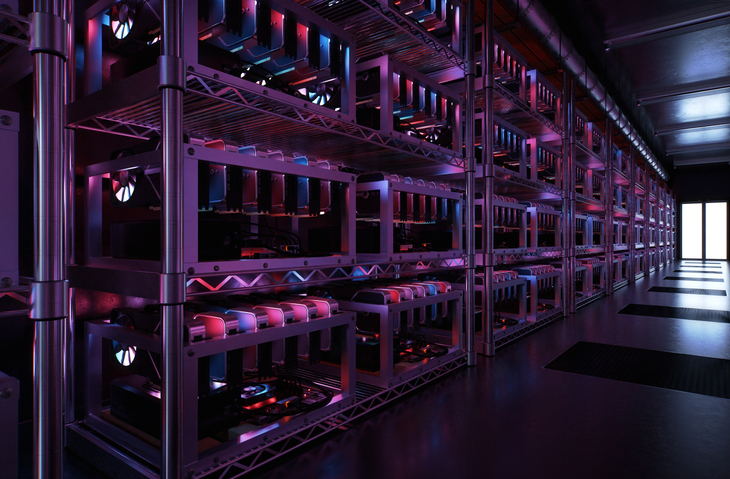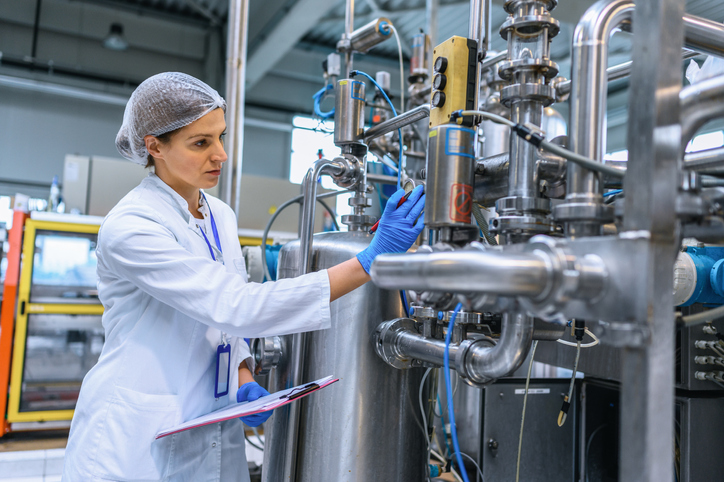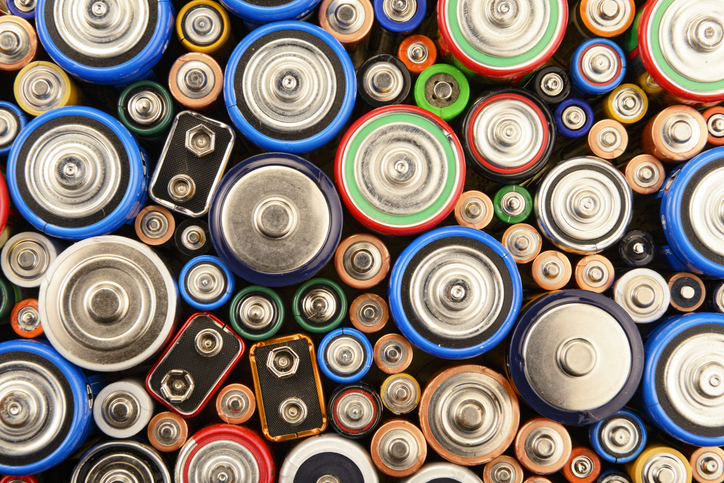A few weeks after her election as New York’s first female governor, and a couple days before New Yorkers sat down to Thanksgiving dinner, Gov. Kathy Hochul on Nov. 22 finally signed an environmental conservation moratorium on new cryptocurrency mining operations, which both houses of state’s Legislature passed over the summer. (The bill’s progress was followed and reported on by ELM all year, most recently here.)
For two years, the law will disallow crypto mining companies from using the energy-intensive “proof-of-work” method to mint …
Continue Reading









